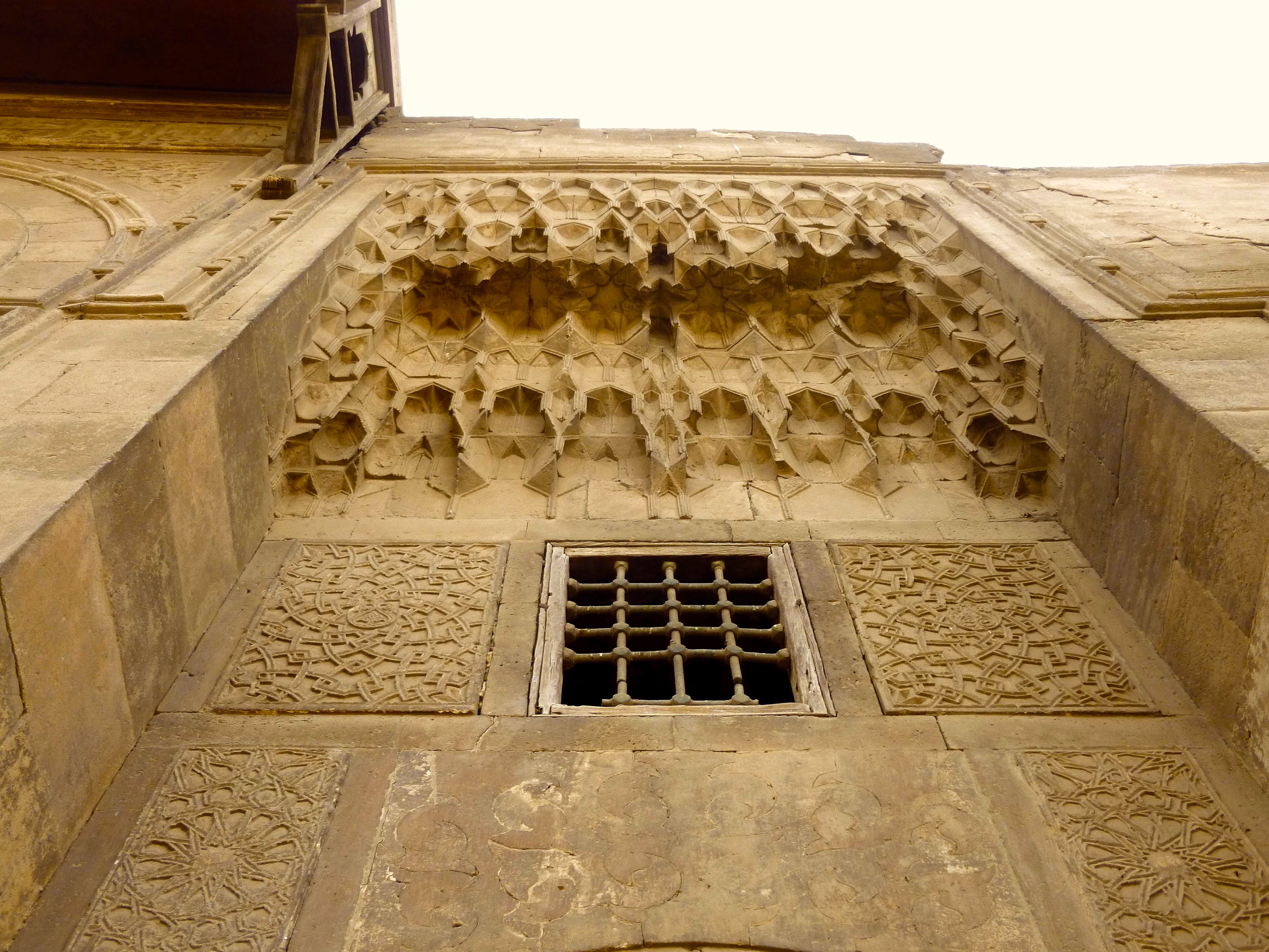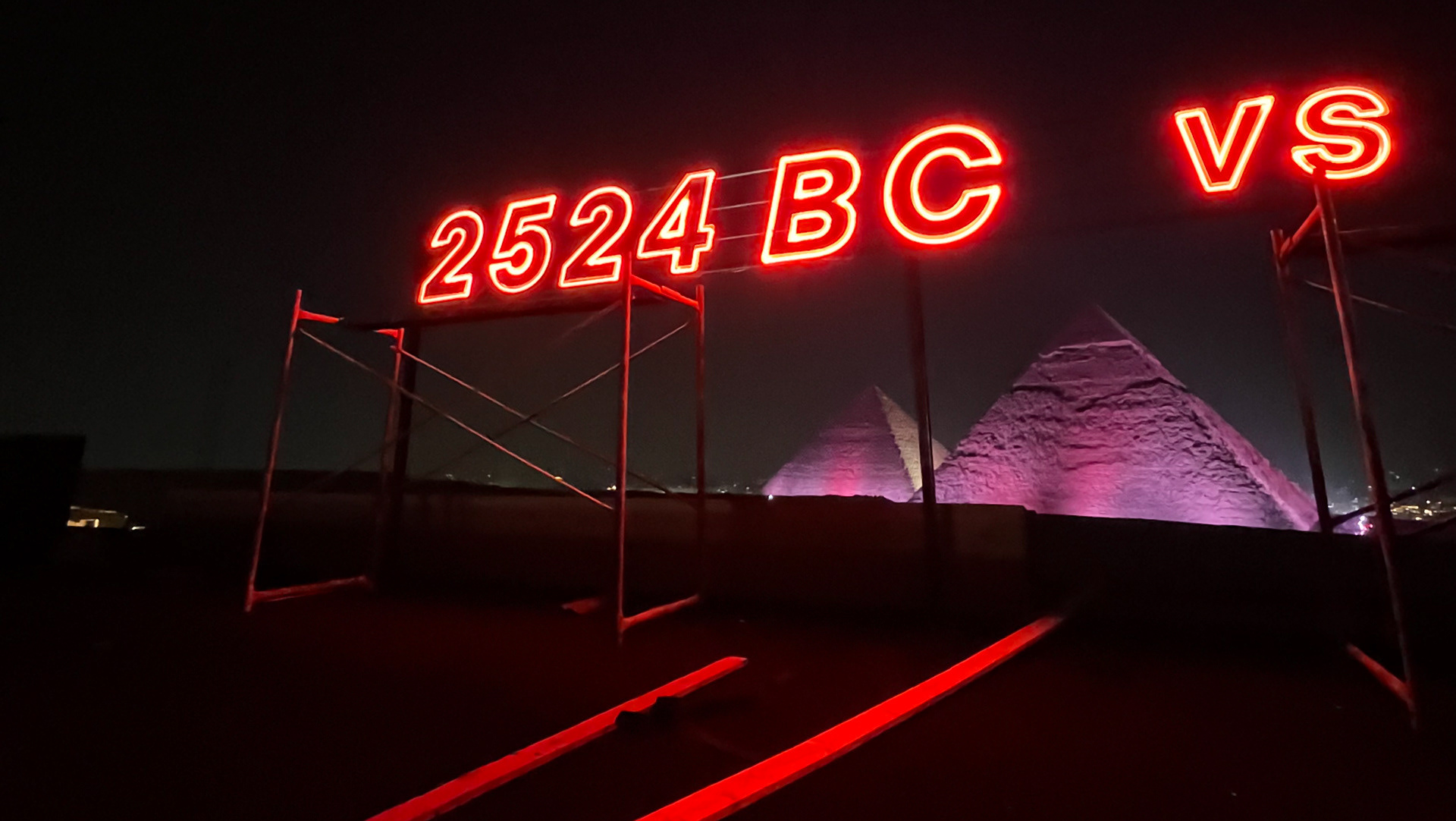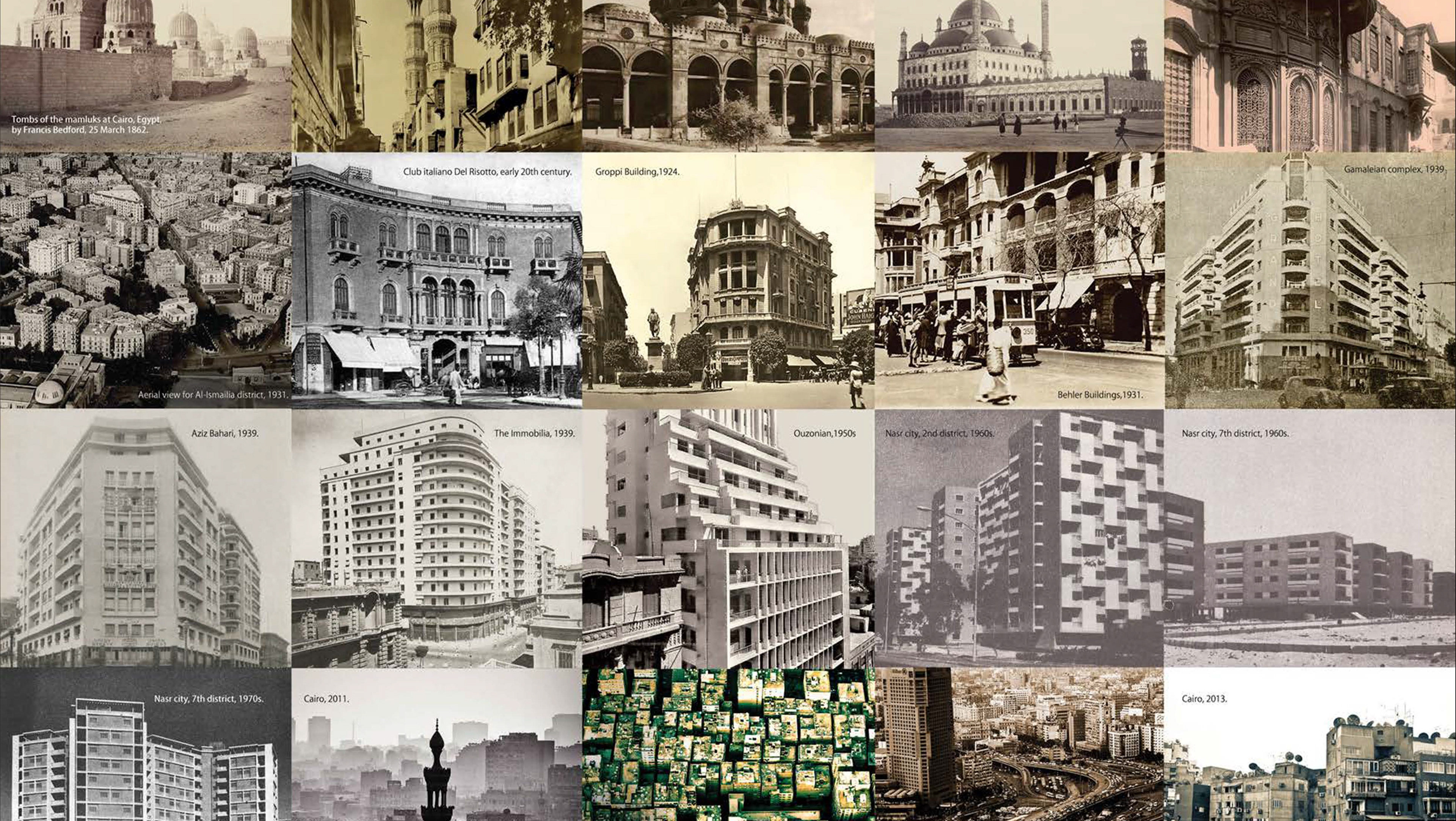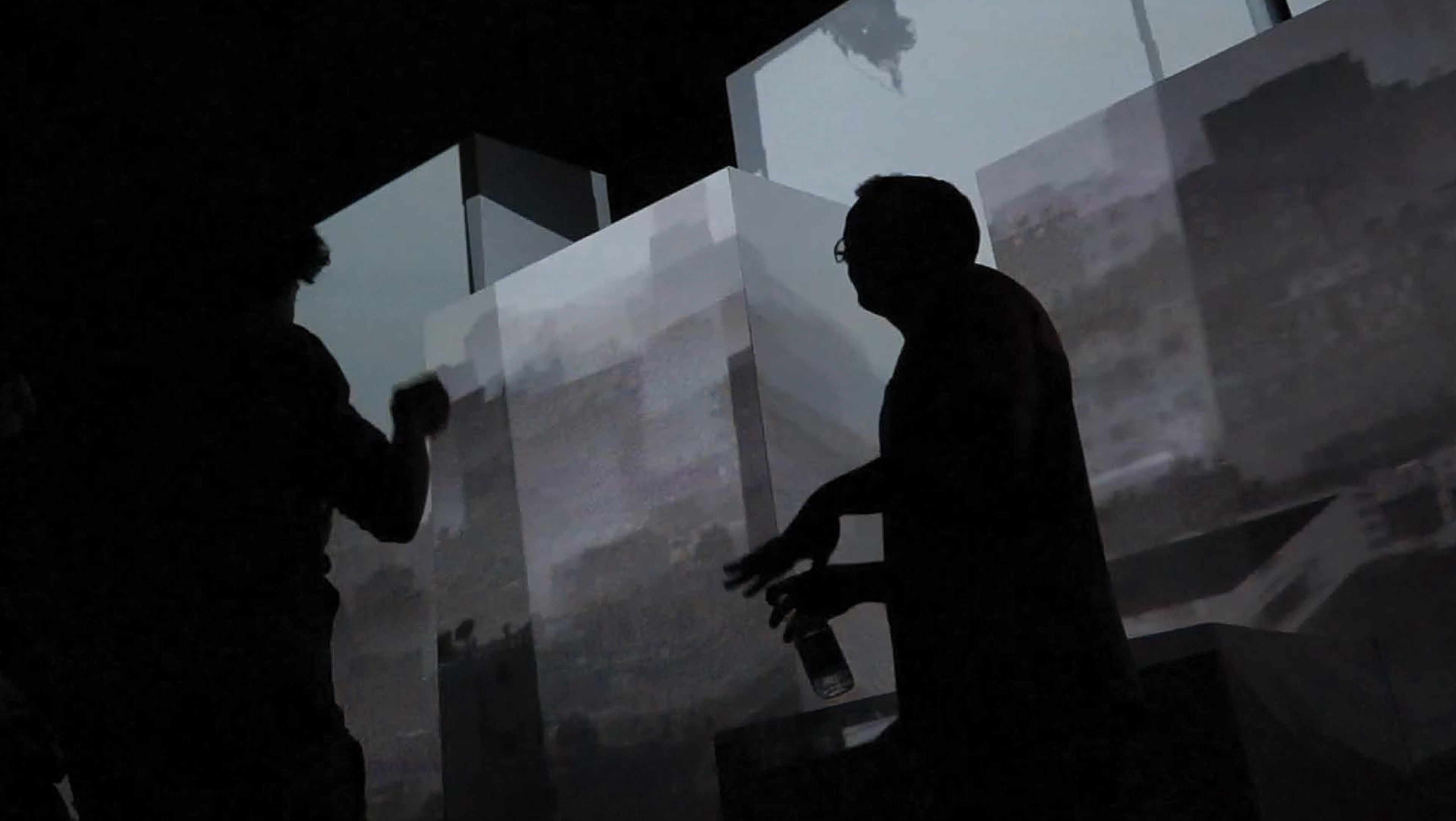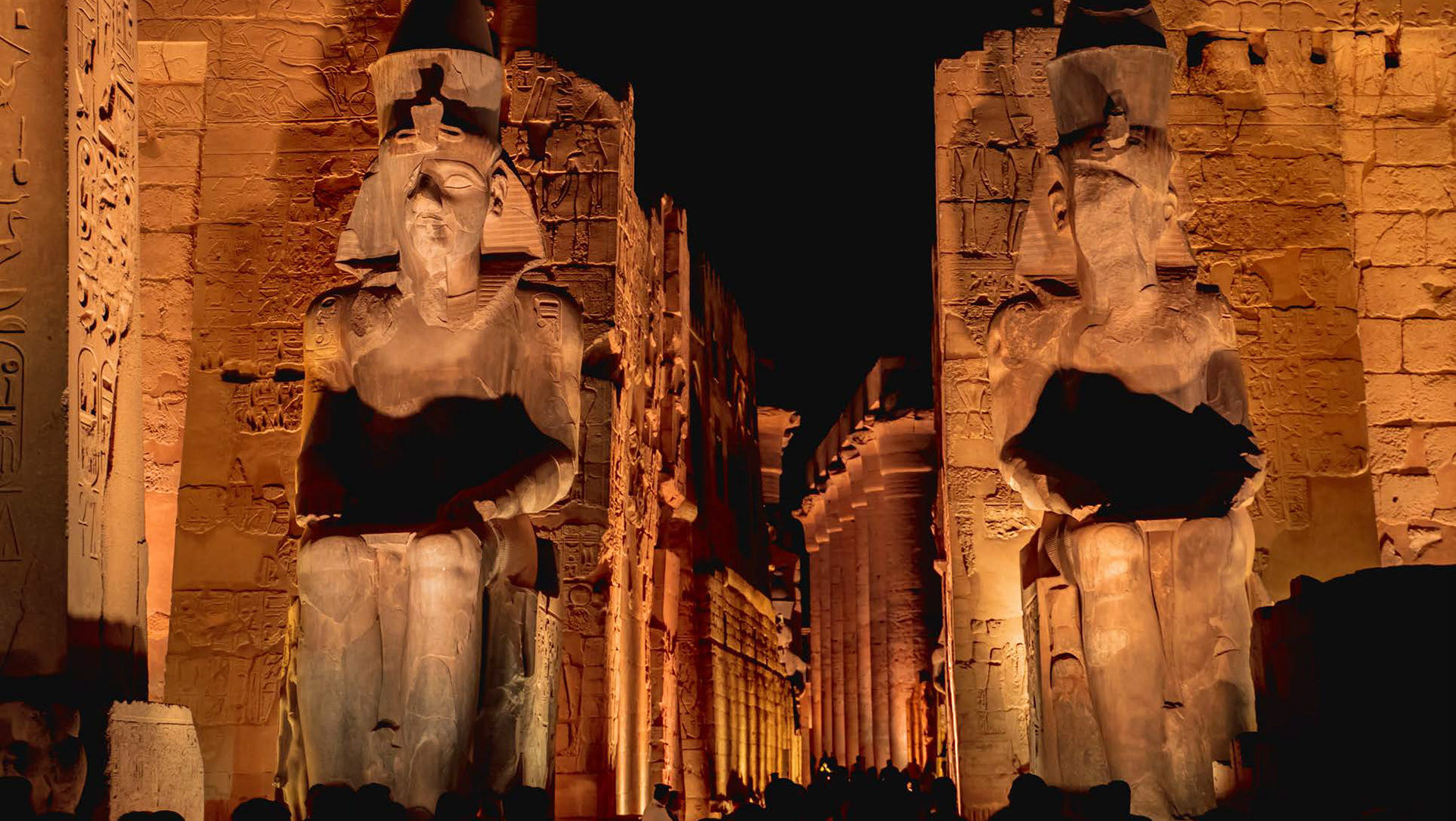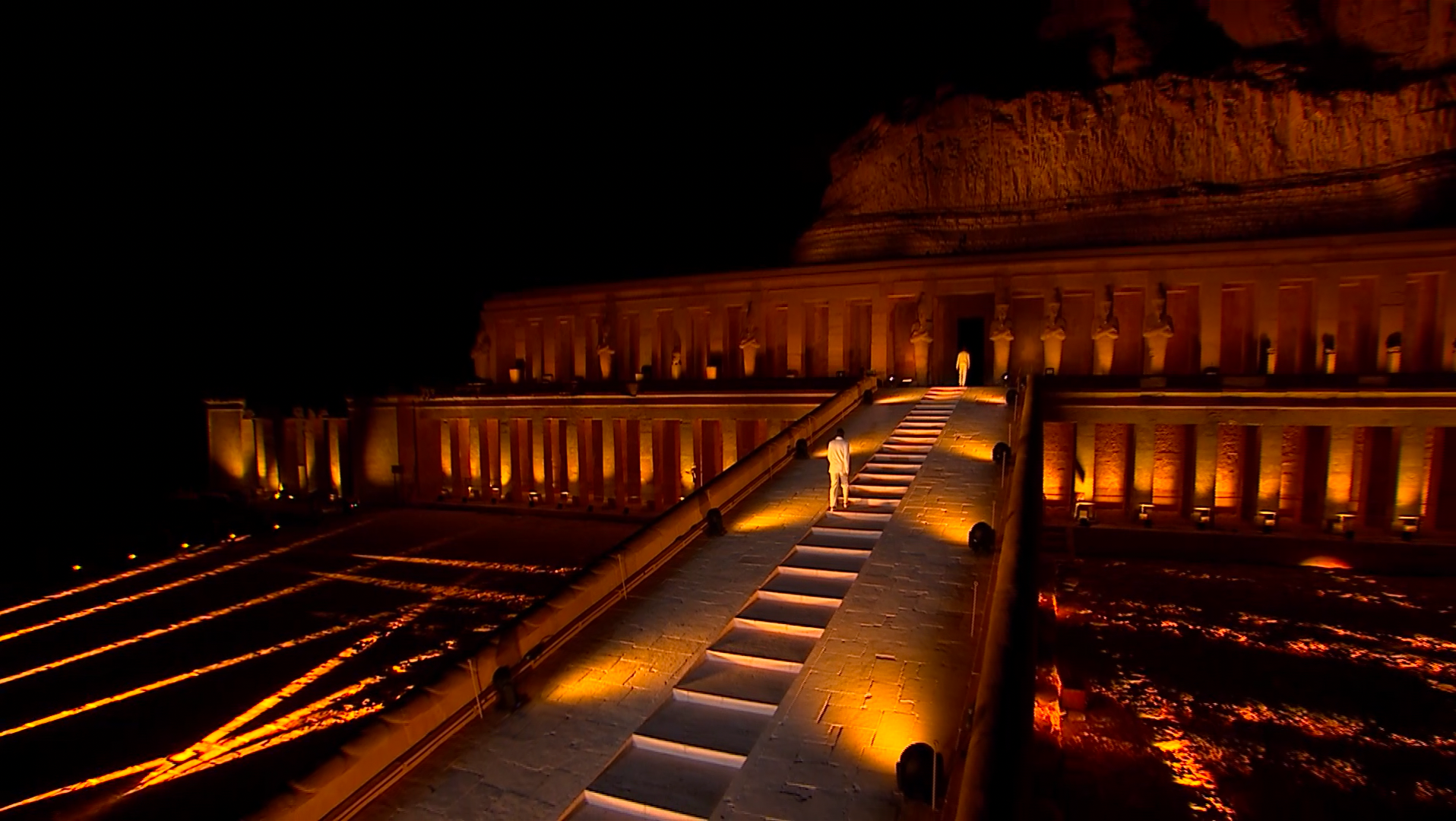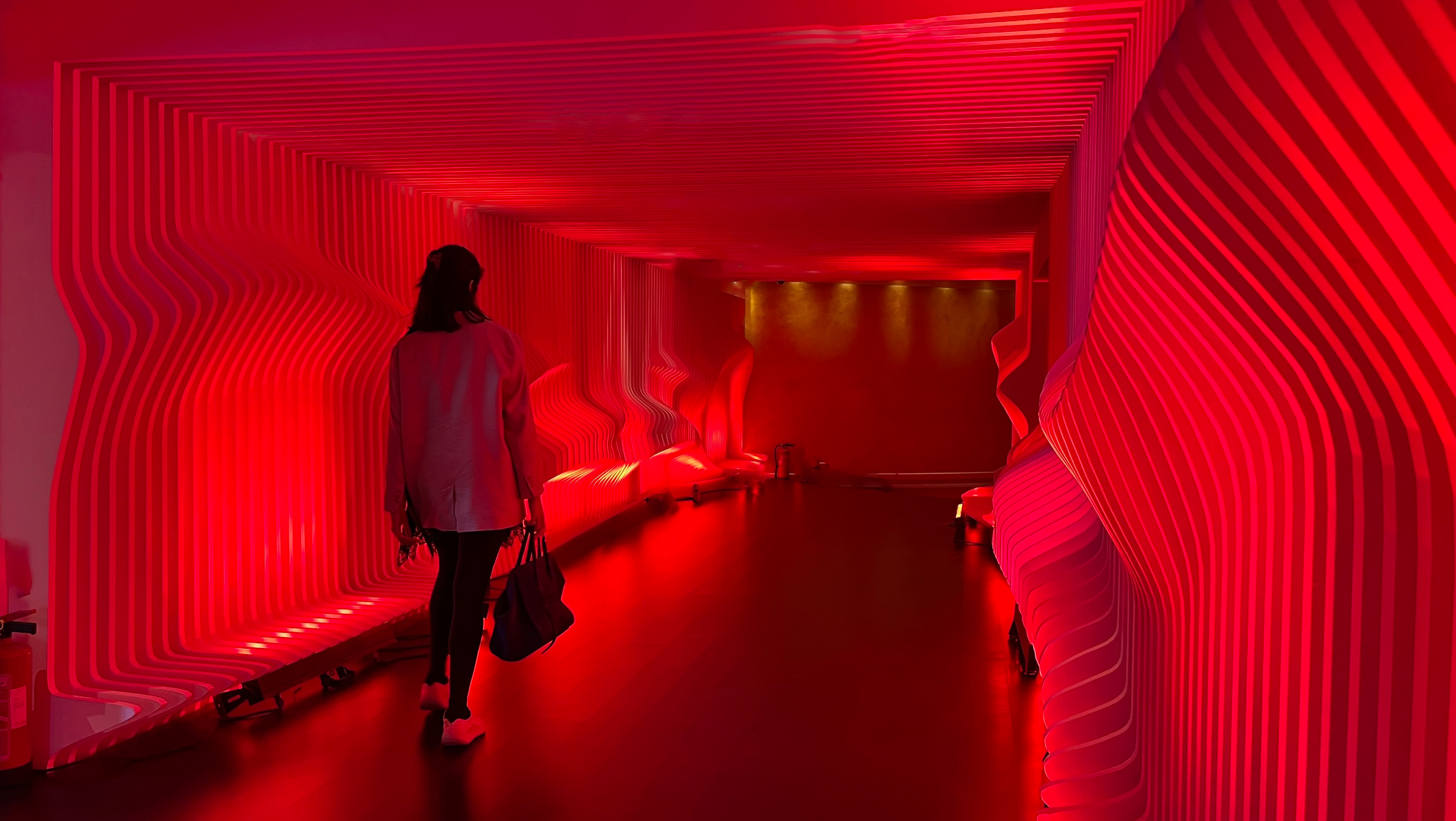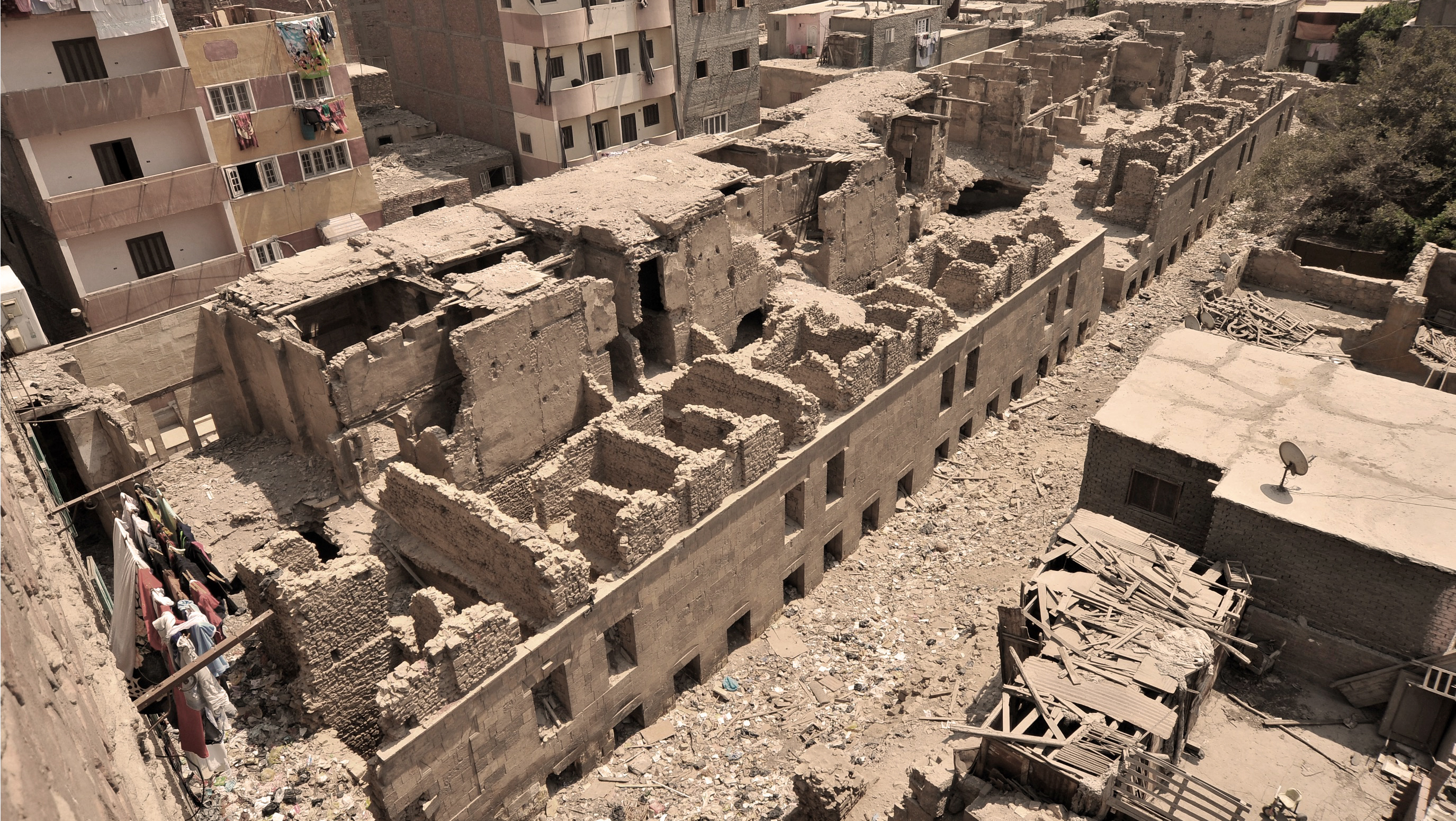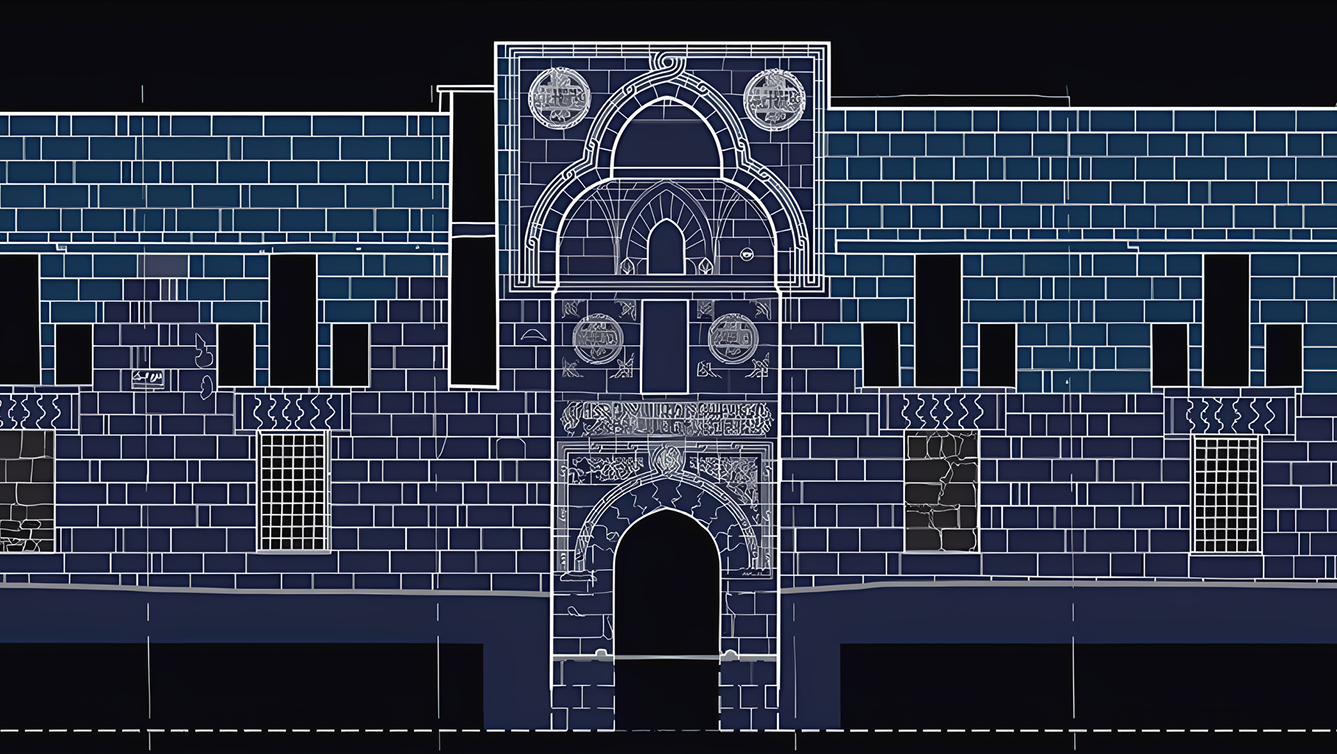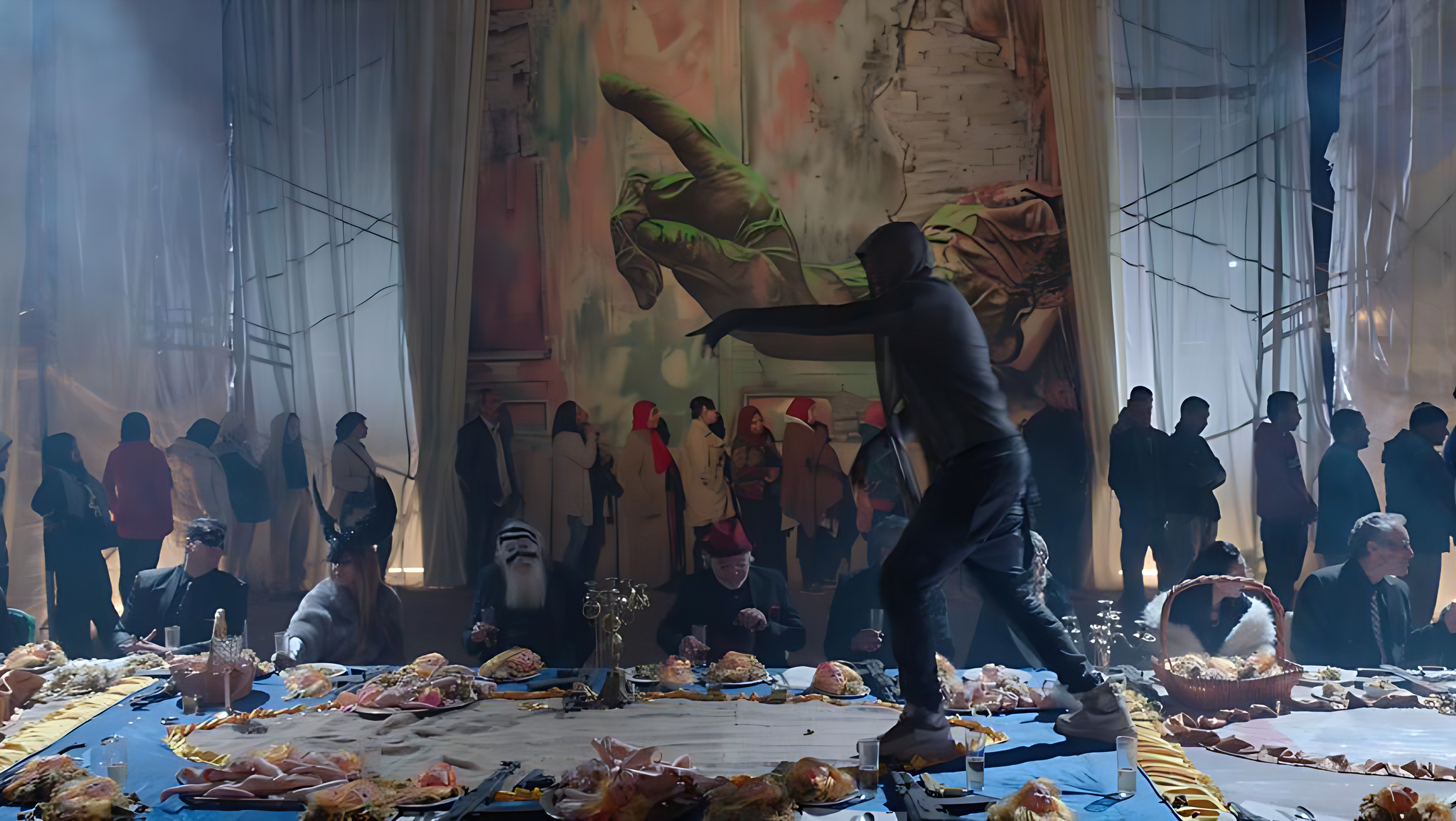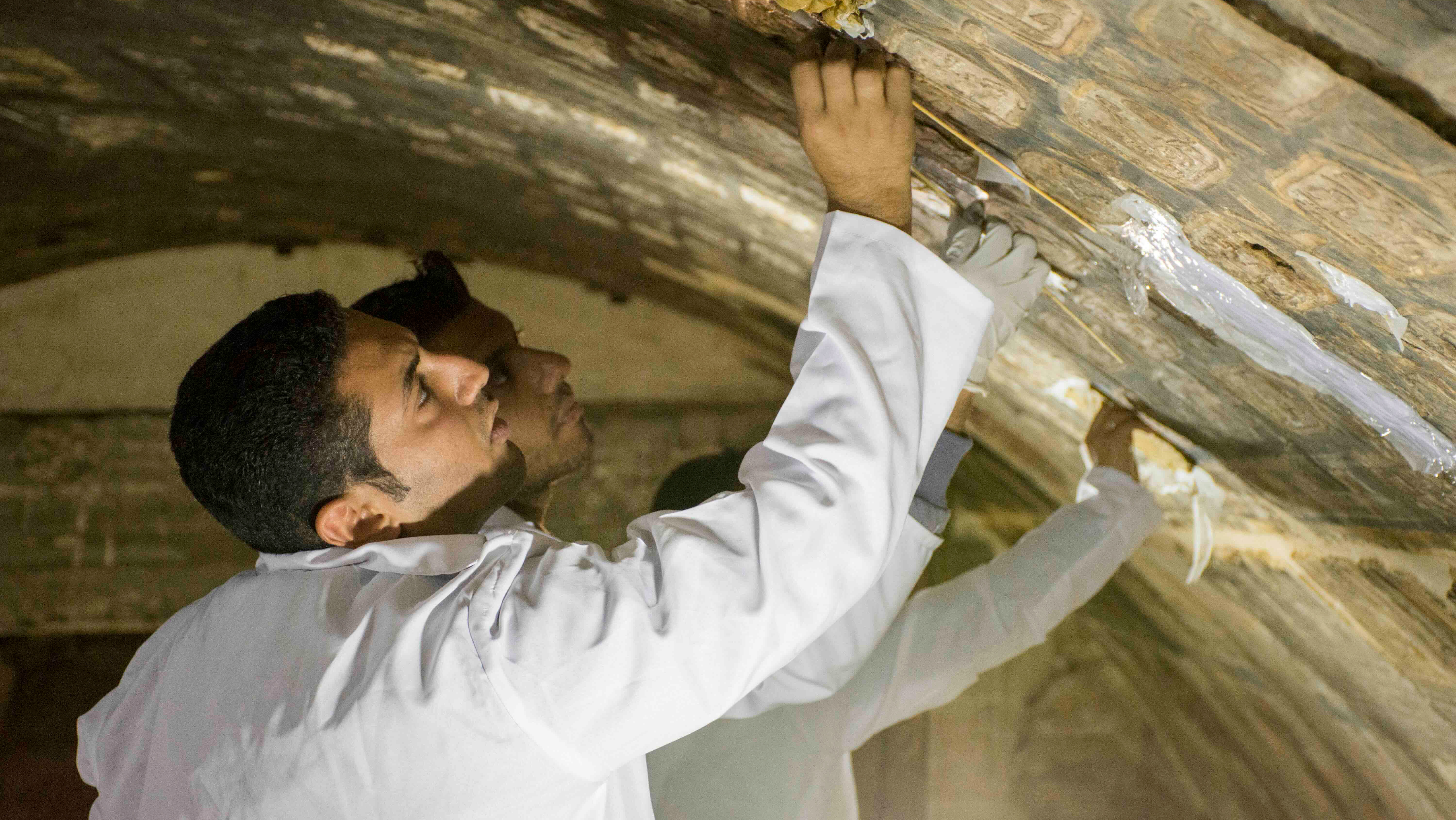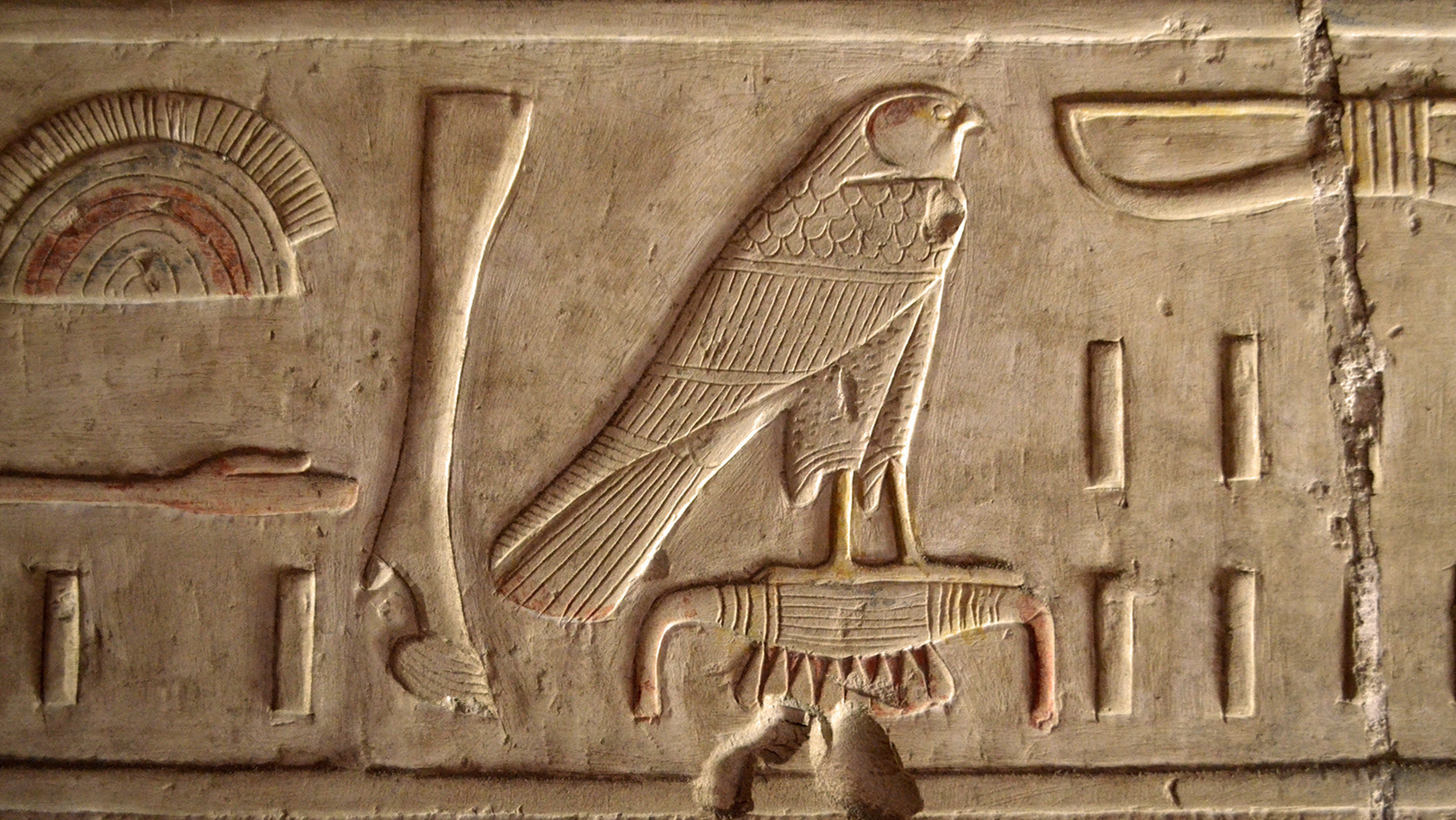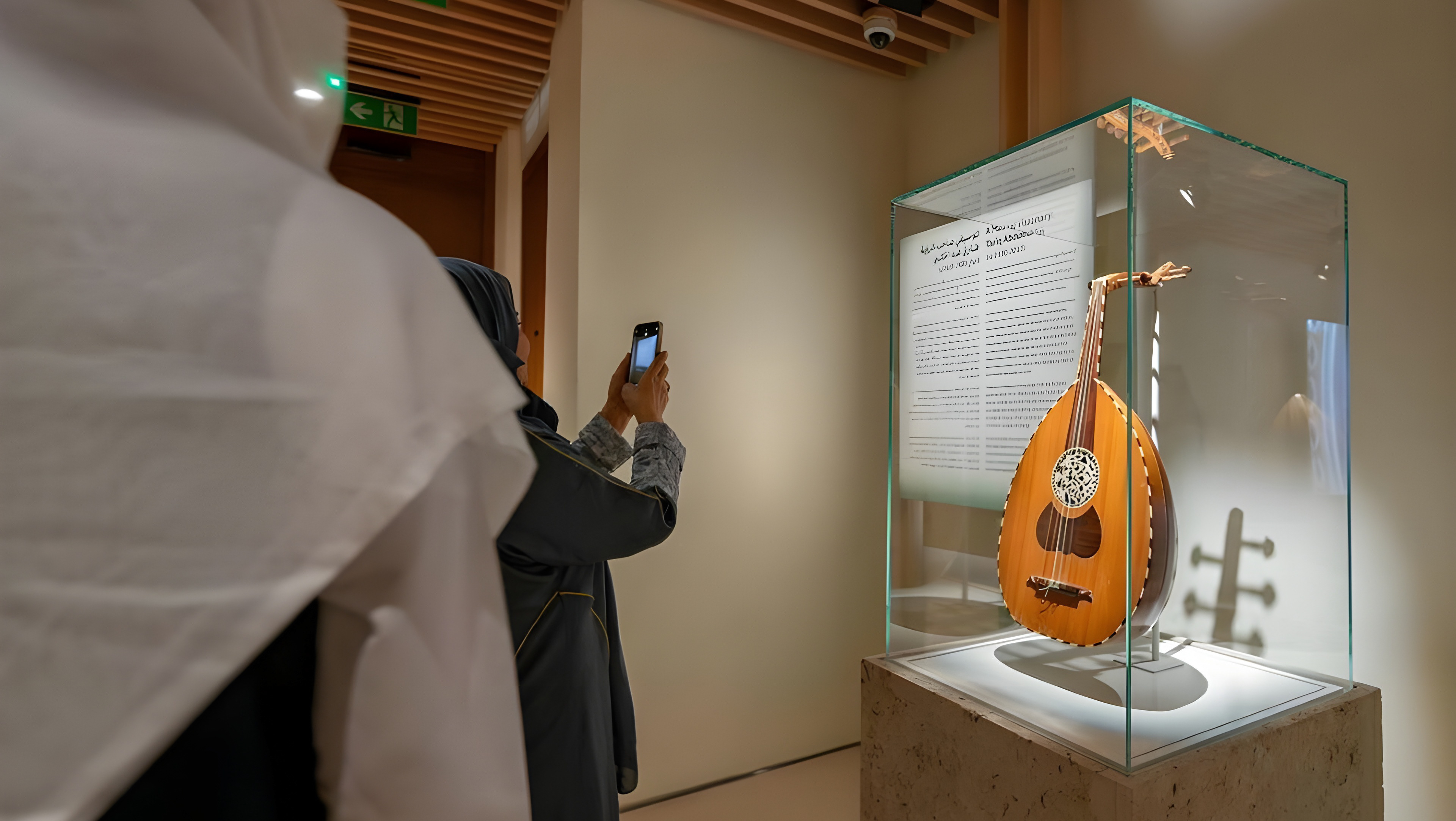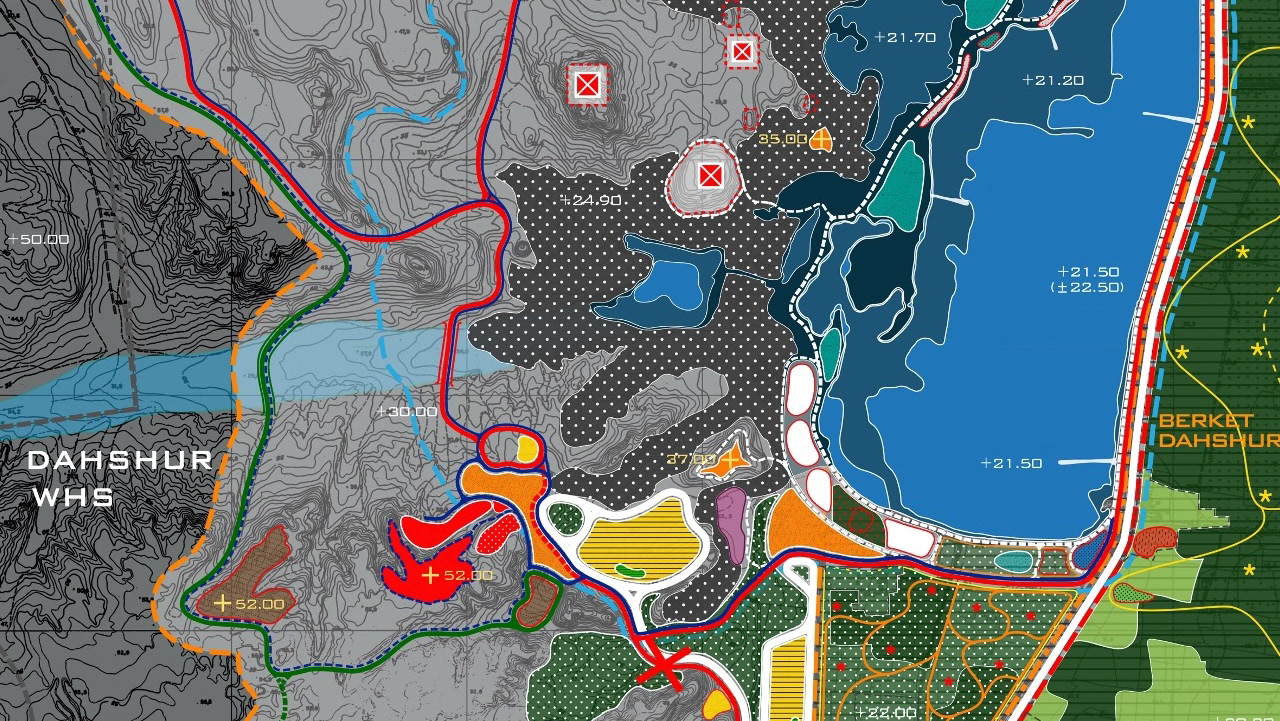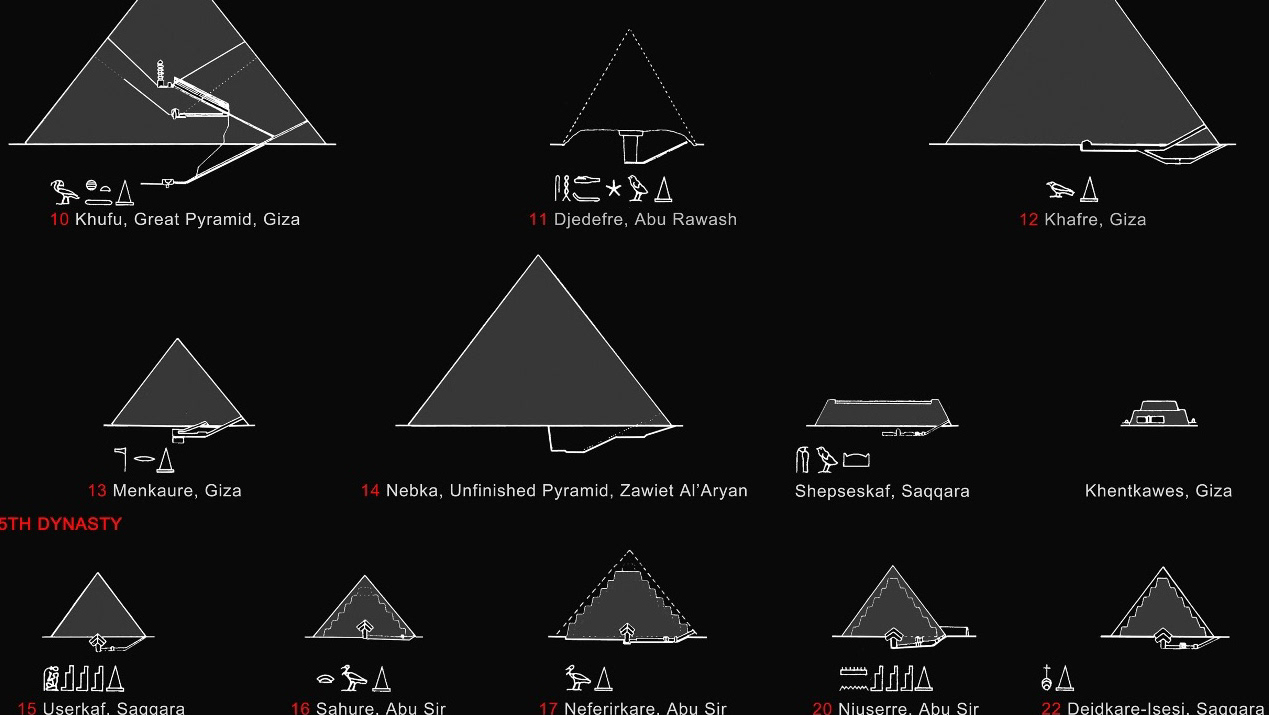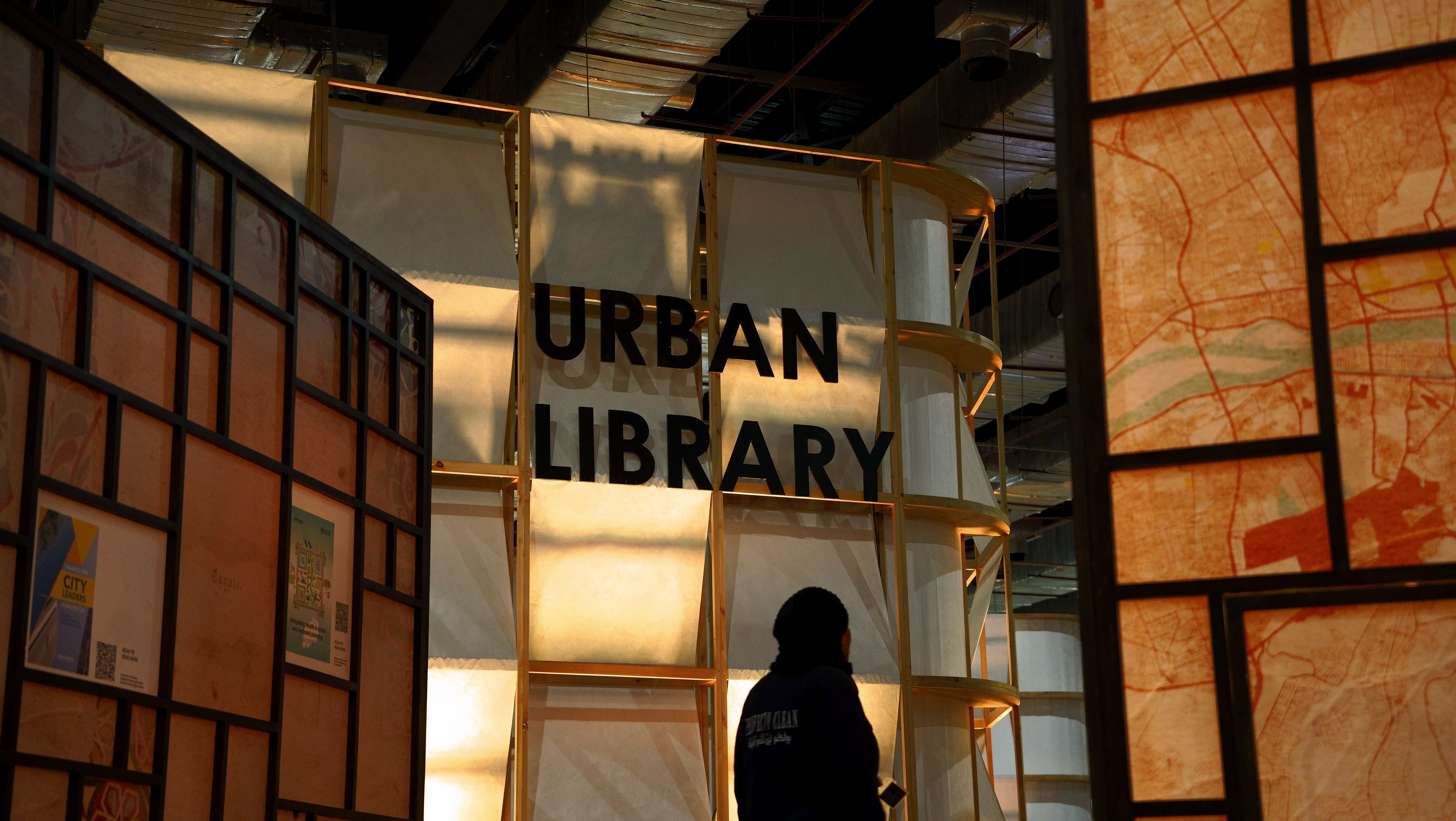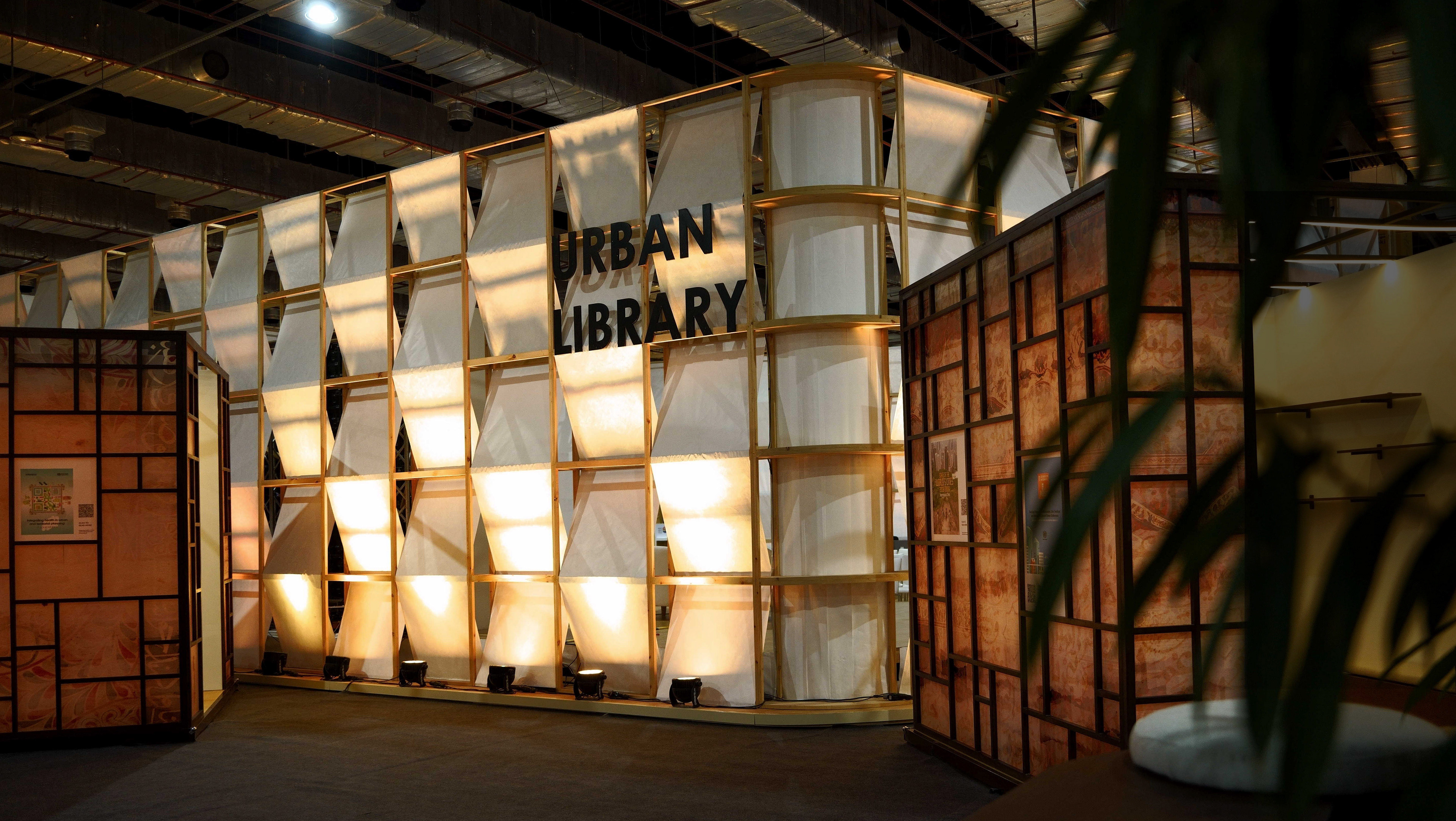"Sultan Qaitbey, a prominent Mamluk ruler of Egypt and Syria (1468–1496), is celebrated for his architectural patronage, including the iconic Citadel of Qaitbay in Alexandria and his stunning funerary complex in Historic Cairo's Northern Cemetery. The complex, built between 1470 and 1474, features a mosque, Maq‘ad, madrasa, and mausoleum, showcasing intricate craftsmanship. His reign brought stability to the Mamluk Sultanate, despite external threats and internal challenges, leaving a legacy through art, architecture, and governance"
© Jaroslaw Dobrowolski - Archinos
Sultan Qaitbey’s Maq‘ad:
2014–2016
In the spring of 2016, after completing the planning and documentation stage, and as a part of ARCHiNOS's team we began actual conservation of the building. In parallel, façades around the square in front of the building were renovated to be a fitting setting for the maq‘ad adapted for a hub of art and culture in the neighbourhood, and artists decorate the square with their works. we also initiated the cultural programme by organising events in and around the maq‘ad.
The objectives of the project were:
(1) to carry out architectural conservation of the maq‘ad, a reception hall that is virtually the only surviving part of the palace built in 1474 within Sultan Qaitbey’s funerary complex in the “Desert of the Mamluks” (sahrat al-mamalik) in the “City of the Dead,” and (2) to adapt the building for use as a cultural centre serving the local community. The maq‘ad is one of the eight surviving buildings of the original complex that are listed as historic monuments.
